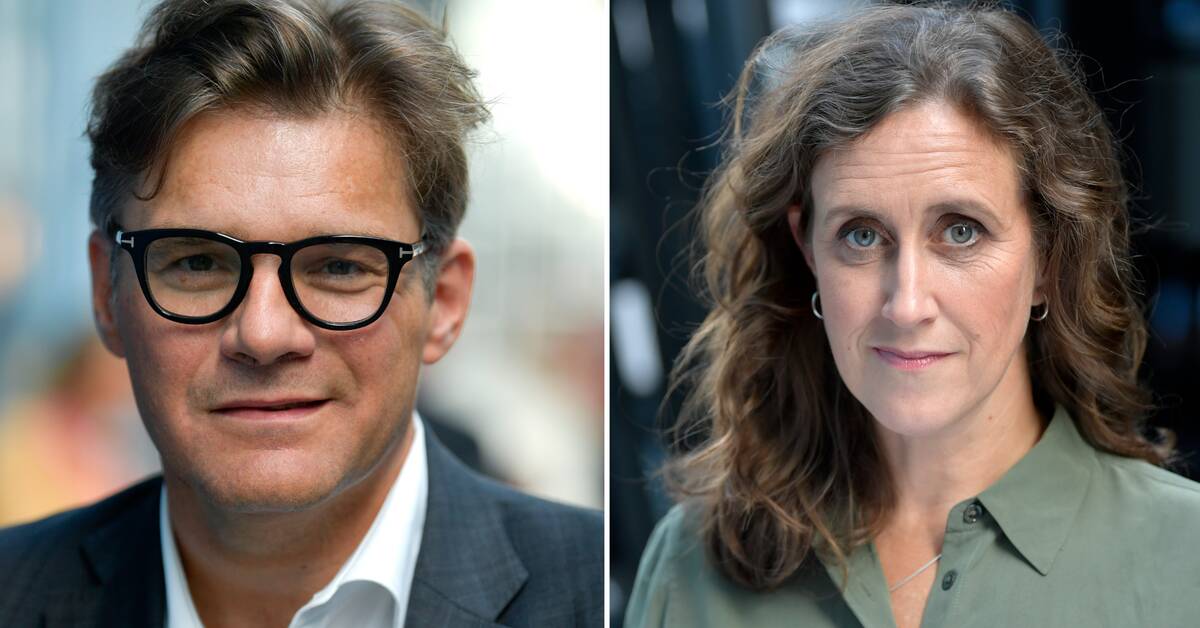"Publicistically, the ruling is problematic because it indicates that the legislation wants to deepen and regulate freedom of expression," says Jan Helin.
The district court considers that the woman has had her rights under the European Convention on Human Rights violated when it comes to material in the documentary that has been collected using false identities – so-called Wallraff method – and with a hidden camera.
What are you afraid the verdict will lead to?
"Legislation that prevents journalistic scrutiny, that makes journalists afraid to use the methods that are sometimes required to shed light on hidden events, expose wrongdoing and scrutinize those in power," he says.
Jan Helin believes that the verdict is ambiguous in many ways and urges the Chancellor of Justice to review it.
Calls on the Chancellor of Justice to review
Some have made the interpretation that the state will now be responsible for audits that SVT does, is that your interpretation?
- No, and it would be deeply unfortunate if that were the case. I don't think anyone is saying that the state should be accountable for scrutiny that the media does. What it comes down to is that Swedish law, it is believed in the judgment, has too weak protection against the European Convention on Human Rights, says Jan Helin.
Is it not a good thing to strengthen the individual's protection of privacy vis-à-vis the media?
- It could be. But I am a publicist, so I will emphasize the publicist values and that this can be in violation of freedom of expression, says Jan Helin.
'Unexpected verdict'
SVT's CEO Hanna Stjärn writes to Kultur nyheterna that it is an unexpected verdict, and reacts to the arguments about hidden camera:
"Using hidden camera in journalistic work when information cannot be obtained by other means is a proven and established method that is used with great caution. Many significant revelations could never have been made without that way of working."
She also emphasizes that the question is not about SVT's documentary series per se, but about fundamental issues linked to how private individuals can have invasion of privacy tested.

